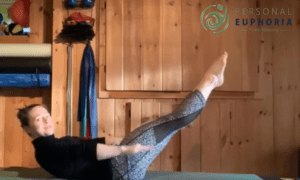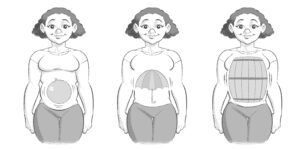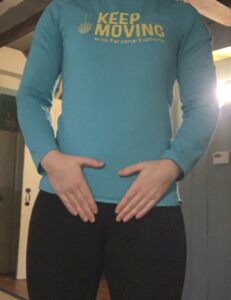 Swimming is more than just a great way to beat the heat. Swimming is a great form of exercise that hits so many health and wellness bases:
Swimming is more than just a great way to beat the heat. Swimming is a great form of exercise that hits so many health and wellness bases:
Cardio
Swimming is cardiovascular exercises. It gets your heart pumping.
Respiratory
Swimming enhances our lung capacity. In research comparing amateur but regular swimmers with amateur but regular runners, the swimmers had better lung capacity on all counts. Running is certainly good for lung capacity, but researchers think perhaps the pressure and resistance of the of the water helps build lung capacity even more in swimmers.
Resistance Training
The water itself creates resistance and not just for the muscles around our lungs and ribs, but every part of the body, so it helps build muscle tone and increase overall strength.
Full Body Workout
Pick pretty much any swim stroke and you are going to get a full body workout. Your core, glutes (part of your core), arms, and legs all get involved in the workout.
Calorie Burn
If you are into the workout to burn calories, there isn’t much you can do that burns more than swimming (maybe running). Of course, your intensity and choice of stroke matter.
Low Impact
The ability to be buoyant in the […]



